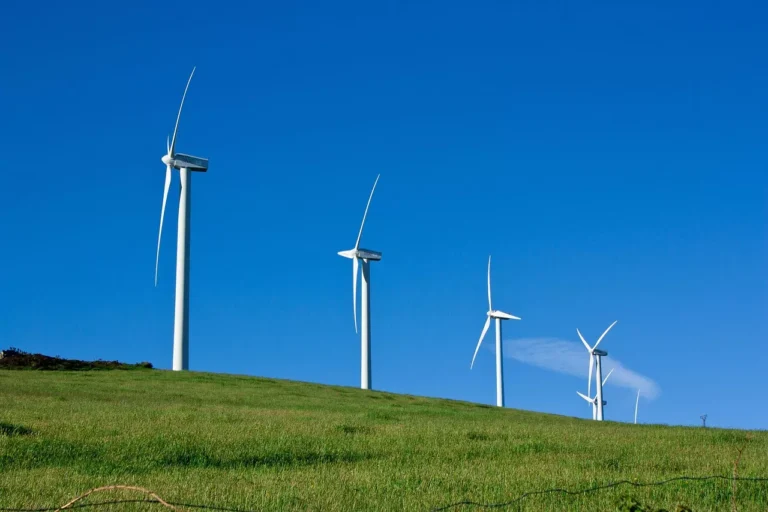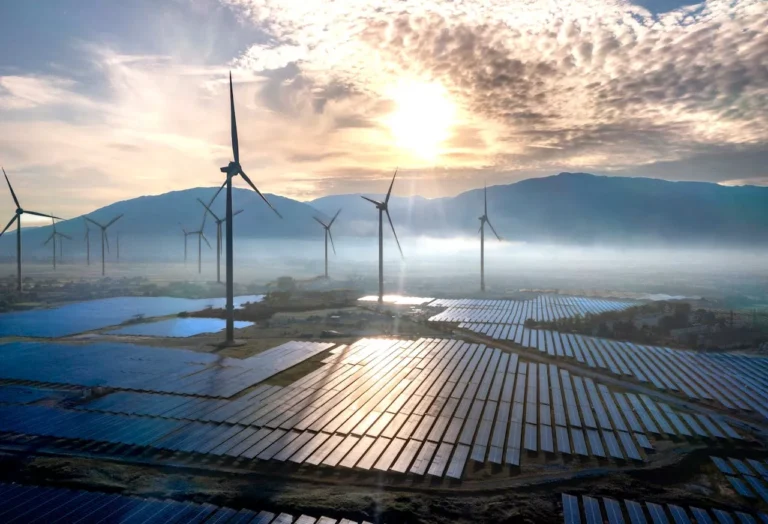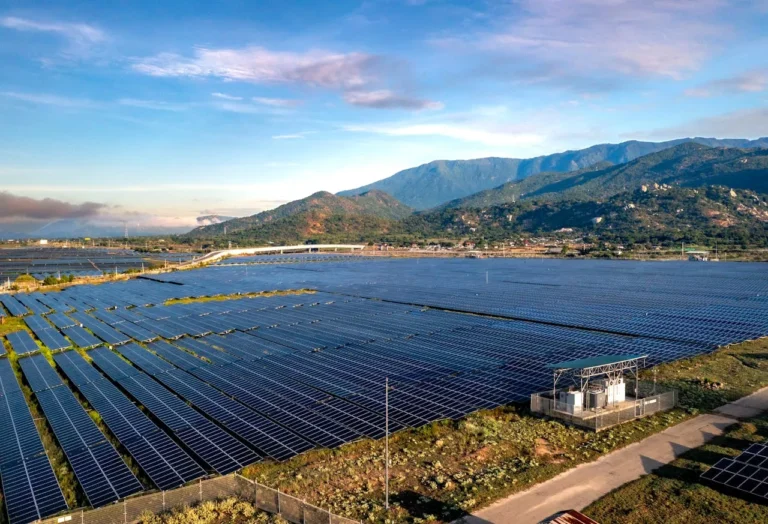
Quinbrook Makes Strategic Entry into Irish Market with Acquisition of Wexford Synchronous Condenser Project
Quinbrook Infrastructure Partners (“Quinbrook”), a specialist global investment manager focused exclusively on infrastructure that supports the global energy transition, has officially entered the Irish market with the acquisition of the Wexford Synchronous Condenser Project (“Wexford”). This strategic move marks Quinbrook’s first investment in the Republic of Ireland and represents a key milestone in the firm’s growing portfolio of grid stability infrastructure across Europe.
The Wexford project, originally developed by Green Frog Power, is a planned high-capacity synchronous condenser facility with an expected capacity of 963 MVA.s. It is to be located in County Wexford, southeast Ireland. In June 2024, the project was awarded a long-term revenue contract under the Low Carbon Inertia Services (LCIS) tender. This contract positions the Wexford project to provide essential ancillary services to the national grid, supporting the Irish government’s ambitious climate and renewable energy goals.
Enabling Grid Resilience for a Renewable Future
The Wexford Synchronous Condenser Project is designed to deliver a suite of vital services that bolster the resilience and stability of Ireland’s electricity grid. These services include system inertia, short-circuit current support, and reactive power compensation—all of which are critical to maintaining voltage and frequency stability across the network. As the share of variable renewable generation such as wind and solar increases on the grid, the absence of naturally occurring inertia from traditional fossil-fuel-based generators creates new operational challenges. Wexford aims to directly address these challenges by emulating the physical stabilising functions historically performed by conventional power stations, but without associated carbon emissions.
Keith Gains, Managing Director and UK Regional Leader for Quinbrook, commented on the strategic importance of the acquisition:
“Wexford marks a significant milestone for Quinbrook as we continue to grow our grid stability portfolio and mark our first investment in Ireland. The Wexford project underscores our commitment to building critical infrastructure that supports Ireland’s energy transition and strengthens grid resilience.”
Gains further emphasized that Ireland’s efforts to source 80% of its electricity from renewable energy by 2030 will rely heavily on supporting infrastructure such as synchronous condensers.
“As Ireland moves toward its goal of sourcing 80% of electricity from renewables by 2030, investments in grid stability are essential. We are excited to bring our team’s expertise to Ireland to help accelerate the shift to a more sustainable power system,” he added.
Building on Grid Stability Leadership in the UK
Quinbrook has become a leading investor in grid stability infrastructure in the UK, where it is currently the largest private owner of synchronous condenser assets. To date, the firm has committed over £430 million toward building and operating this essential infrastructure, with three major synchronous condenser projects already operational and four others in advanced stages of construction.
Quinbrook’s UK portfolio has been instrumental in facilitating the reliable integration of renewable energy sources into the national grid. These investments have demonstrated that synchronous condensers can provide a cost-effective, emission-free solution to the grid reliability issues posed by high renewable energy penetration.
By replicating the inertial and voltage support characteristics of rotating machinery found in traditional fossil-fuel plants, synchronous condensers make it possible to maintain system balance even when renewable energy dominates electricity supply. This innovation not only supports decarbonization but also enhances energy security and operational flexibility.
The Role of Synchronous Condensers in Decarbonising Power Systems
Synchronous condensers are large rotating machines that operate without generating active power, but are capable of stabilising voltage and frequency fluctuations on the grid. Traditionally, these stabilising functions were inherently provided by coal, gas, or oil-based thermal power plants. However, as these plants are phased out to reduce greenhouse gas emissions, the grid loses a crucial source of system inertia. Without inertia, the system becomes more vulnerable to disturbances, increasing the risk of blackouts.
The growing share of inverter-based resources—such as wind, solar, and battery energy storage—while sustainable, do not contribute the same mechanical stability to the grid. This limits how much renewable energy can be safely integrated into the system at any given time.
Synchronous condensers like the Wexford project offer a solution to this problem. Operating without the need for fossil fuels, they deliver essential services that are otherwise absent in high-renewable systems, without emitting carbon dioxide or other harmful pollutants. Their deployment is therefore critical to enabling a secure, low-carbon power system.
A Proven Model for Success
The Wexford project is expected to benefit significantly from Quinbrook’s established delivery model. Procurement and construction activities for the project will be managed by Welsh Power, a long-standing partner of Quinbrook. Welsh Power has previously led the development and construction of multiple synchronous condenser projects across the UK, establishing a track record of delivering complex grid infrastructure on time and within budget.
“Welsh Power brings deep technical expertise and operational excellence to our projects,” said Gains. “Their involvement ensures that the Wexford project will meet the highest standards of quality, safety, and performance.”
Quinbrook has committed to fully fund the construction of the Wexford facility, which is anticipated to begin commercial operations in 2027. The timeline aligns with Ireland’s grid operator’s forecasted need for increased system services to maintain reliability as renewable penetration deepens.
Supporting Ireland’s 2030 Climate and Energy Goals
The Wexford investment aligns with several of Ireland’s long-term energy and climate policy objectives, particularly its Climate Action Plan and the Renewable Electricity Support Scheme. These initiatives aim to decarbonize the power sector, enhance energy independence, and reduce consumer exposure to volatile fossil fuel markets.
EirGrid, Ireland’s transmission system operator, has forecast that significant volumes of new grid support technologies will be needed in the coming years to facilitate secure and reliable power delivery. The LCIS tender, under which Wexford was awarded its contract, was specifically designed to encourage investment in innovative, low-emission solutions like synchronous condensers.
By proactively entering the Irish market, Quinbrook is positioning itself as a key partner in Ireland’s energy transition. The company’s international experience and financial strength provide confidence that it can deliver the technical capabilities required to meet these policy goals.










